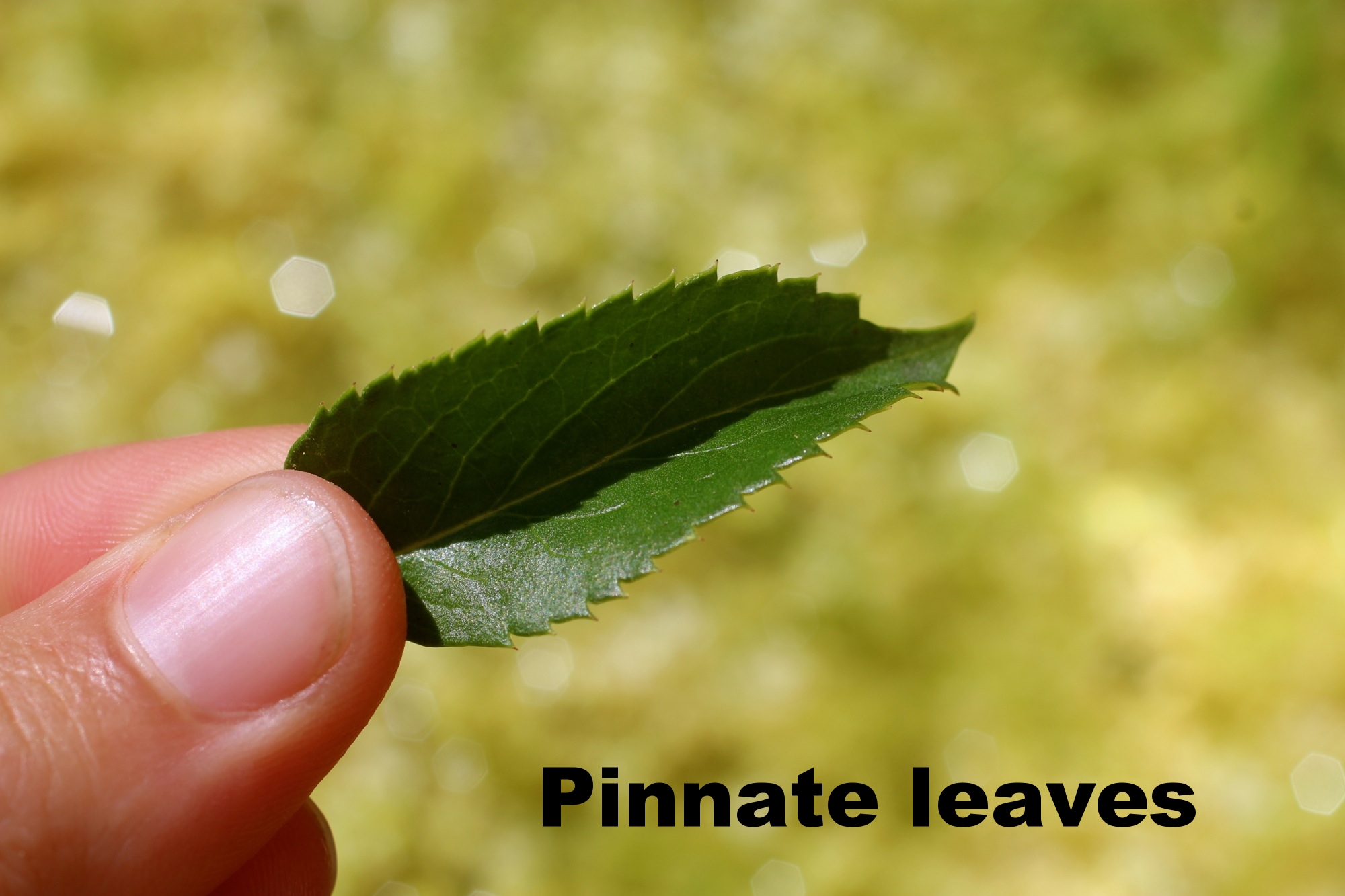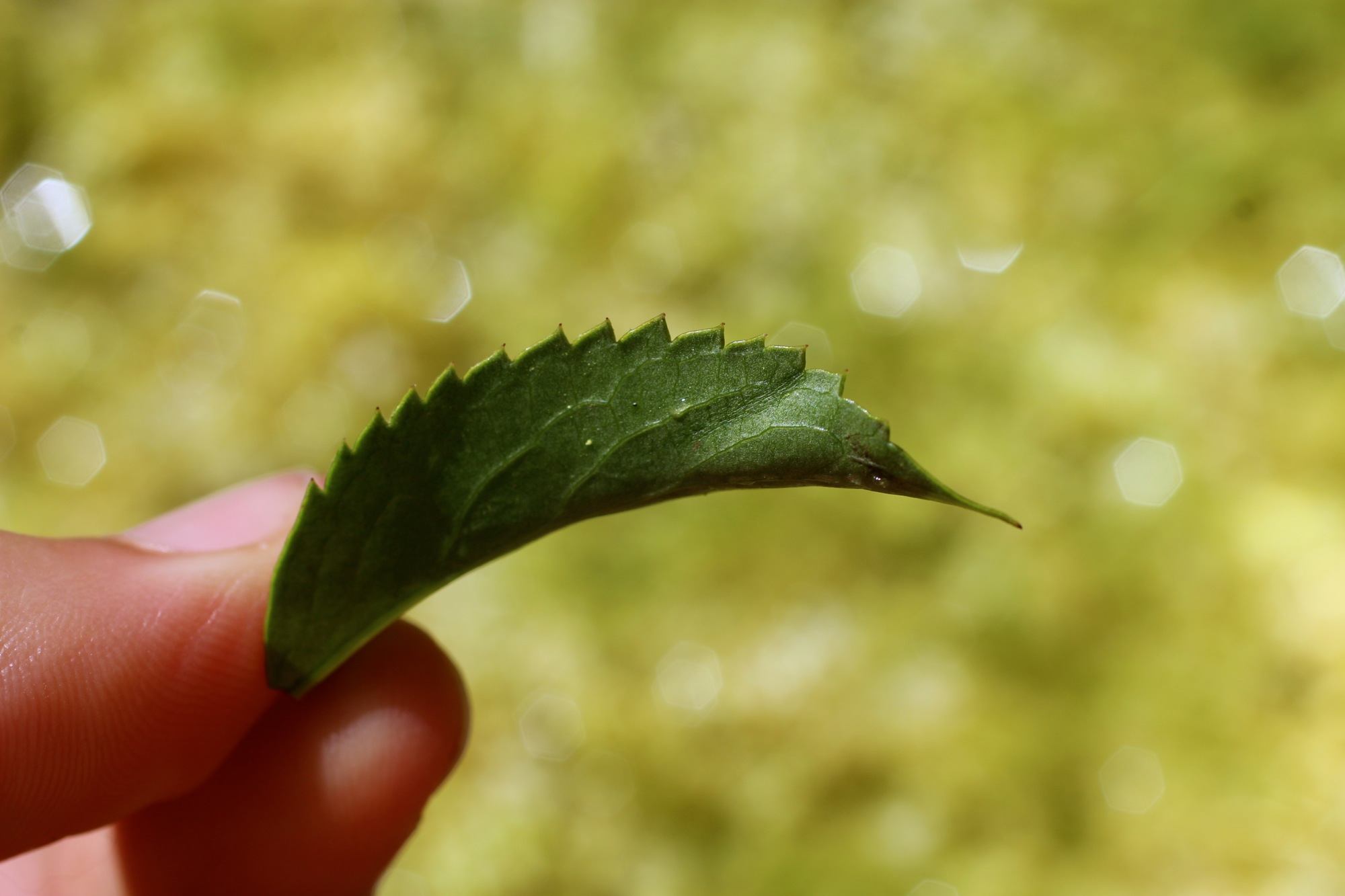The Regal Elderflower
A fragrant pagan declaration of summer.

Processing elderflower for fermented cordial with the Nordic Food Lab crew. We were all covered in pollen after this flower-plucking session! Species of elder likely Sambucus nigra.
There's something truly special about the elder, or Sambucus, plant and I've always felt a special connection to it. Not only does it proclaim to the world that summer is approaching and provide culinary and medicinal benefits, but it also somehow manages to be both utterly wild and elegantly refined at the same time. The plant is likely called "elder" because it is so old that you can find varieties of it around the world. It's no surprise then that so many cultures have different symbolisms and uses attached to Sambucus including (but definitely not limited to) the below.
Symbolism
Shakespeare: Grief (the "stinking elder"), yet also beloved
Pagan: Superstitions around cutting it back or burning it (will cause bad luck)
Danish: The elder Mother or "vegetation goddess" lives in the tree (HyldeMoer) - you need to ask her permission before cutting it.
Sicilians: Kill serpents and drive away robbers
Serbians: Good luck if used during the wedding ceremony
England: Hold in pocket to ward off lightning, cross above animals to ward off evil
Supposed Medicinal Uses (Note: I have not looked into the scientific evidence supporting any of the below, but rather wanted to show the breadth of supposed medicinal uses)
Bark: Purgative, emetic, diuretic, asthma (not consumed anymore due to toxins)
Leaves: Bruises/sprains, wound healing, expectorant, diuretic (not consumed anymore due to toxins)
Flowers: Tea for swollen sinuses, colds, flu, diabetes, constipation, rheumatism, influenza, relaxant, complexion, blood purification
Berries: Hot wine for influenza, asthma, juice for antiviral/antibacterial
Food
Flowers: Cordial (St.Germain is an elderflower liqueur), desserts, jelly, shrub, fritters
Berries: Cordial, wine, syrup, desserts, jelly, etc.


The elder tree can grow up to 25 feet tall and has reddish bark and pinnate leaves opposite of each other. The tiny star-shaped flowers, which bloom in May/June, are a yellowish white/cream color and grow in clusters. The elder plant that you will find in Northern California (and most of the Western United States) is Sambucus cerulea, also known as blue elder for it's dark blue berries. The berries can be found later in the summer, are a bluish/black often with a whitish powder sheen and also grow in large clusters.
ELDERFLOWER AND ELDERBERRIES MUST BE PROCESSED BEFORE CONSUMING. Don't just go around grabbing handfuls and consuming them raw like you would blackberries! However, the berries may be fine in small amounts and both berries and flowers are definitely safe after cooking or drying. When using the flowers, such as in this elderflower chive fritter recipe, it's best to remove as much of the stem as possible, but some stem is fine if cooked.

Notice tiny star-shaped flowers. This Sambucus nigra from Europe has larger clusters and whiter flowers than the Sambucus cerula of California.
My first experience with elderflower (other than St.Germain) was during my stint as a visiting researcher at the Nordic Food Lab in Denmark. We spent a morning riding all over Copenhagen to forage huge clusters of elderflowers and stuffing them into sacks before plucking the flowers to be used in a fermented cordial. I still fondly remember being covered in pollen afterward while enjoying a well-deserved chocolate rye roll. Denmark is really a magical place and elderflowers unsurprisingly about there. The elderflowers you find in Denmark are most likely to be Sambucus nigra rather than the Sambucus cerulea that is found in California and are a bit larger and whiter, but both have the same beautiful fragrance and uses. As I left Denmark before the berries came out and just recently found a spot for elder in California, I have yet to experiment with the berries, but am greatly looking forward to doing so this summer!

Yellower, yet still star-shaped, flowers of the Sambucus cerula foraged from Tilden Park in Berkeley, CA.
Foraging Mussels
The easy street to self-sustaining.


If you haven't been mussel foraging, it's easier than you think - I guarantee it. All that it requires is a little bit of forethought, gloves, and a bucket. The last time I went to Baker Beach in San Francisco and there were tons of mussels clinging to a few rocks and our buckets were filled in no time. Yes, the mussels can be a bit rugged in texture, but believe me, they're worth it! Here's what you need to know and do before you forage mussels in California:
Only go during the months from November to April. From May to October mussels are quarantined due to potential paralytic shellfish poisoning - not something you want to mess with.
Call the California Shellfish Biotoxin Information Line at 1-800-553-4133 to double check that waters are safe at the time that you plan to go (sometimes the quarantine for longer periods depending on weather and water conditions).
Stop by a drugstore and pick up a one-day fishing permit or purchase one online from the CA Department of Fish and Wildlife and bring it with you, otherwise you are subject to fines.
Go at low tide: Foraging mussels is best at low tide and mussels can often be found clinging to rocks near the water.
Mussels can only be pulled by hand, do not use other instruments, such as screwdrivers or crowbars.
Bring: Thick gloves, as the mussels can be sharp and a bucket, to hold your booty.
There is a collection limit of 10 pounds (in the shell) per permitted collector per day.
For more information about regulations, visit the CA Department of Fish and Wildlife.






